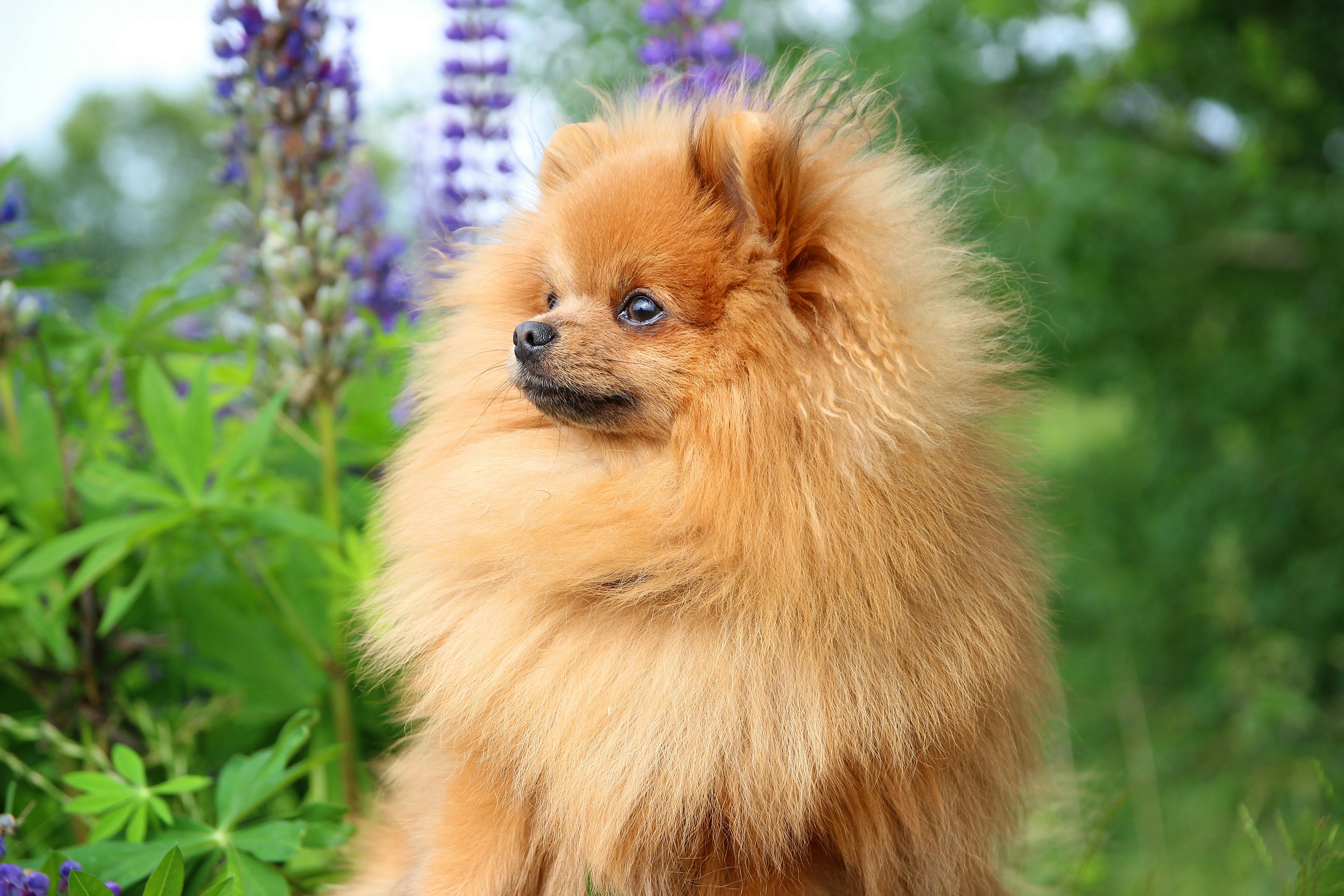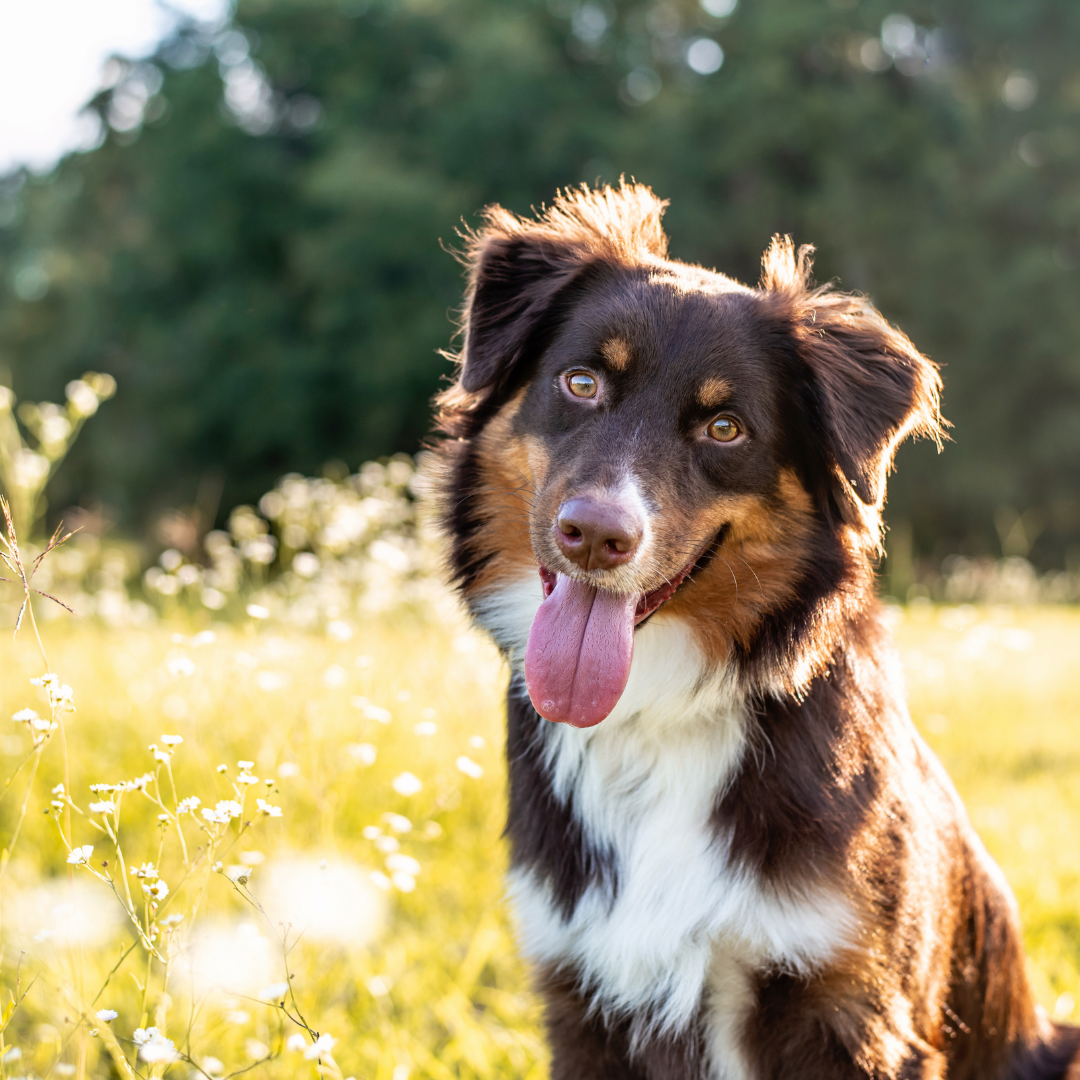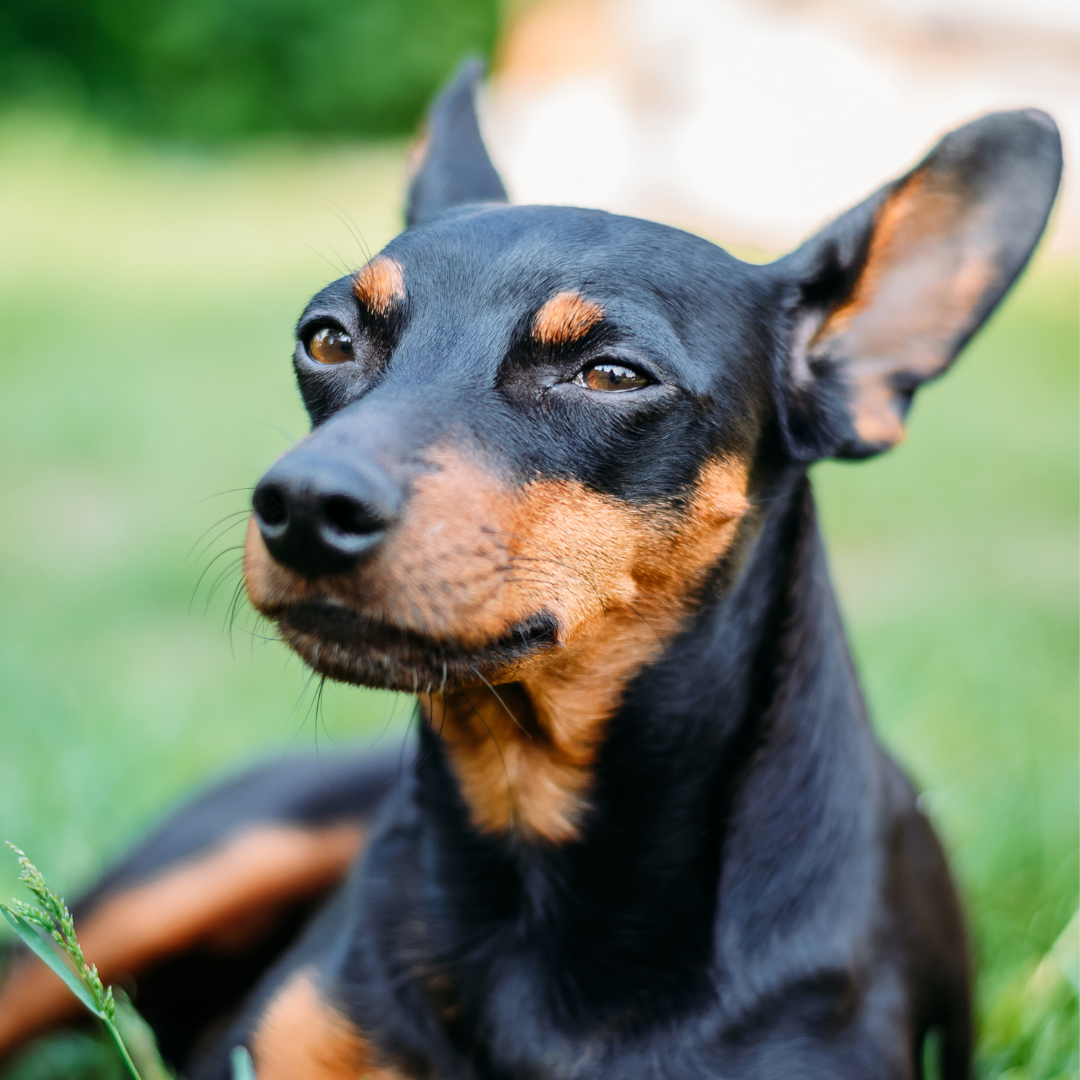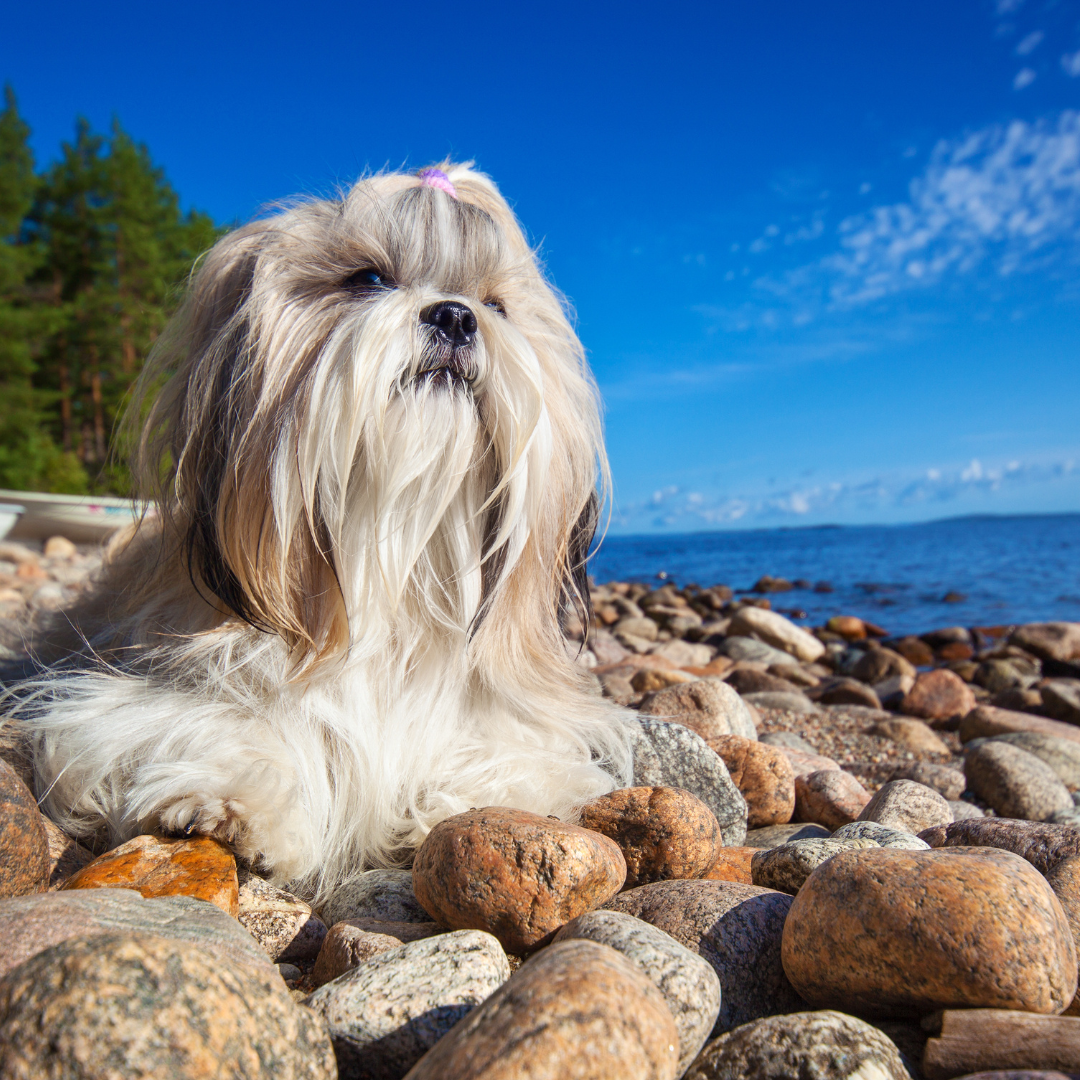Pomeranian Guide
Information about the dog breed Pomeranian
Weight: Male 1,8 - 2 kg, female 2 - 2,5 kg
Height at the withers: 21 cm +/- 3 cm
Energy level: Energetic
Life expectancy: 12 - 16 years
Tendency to drool: Small
Tendency to snore: Slight
Tendency to bark: High
Digging tendency: Low
Social needs: Low
Tailored for: Society
Colours: Many different colors, such as black, white, beige
Health problems: Joint problems, eye disease
A Pomeranian is a small dwarf pointed dog that is a lively, happy and above all loyal companion dog that, despite its size, needs regular activity and exercise.
Fur care of a Pomeranian
The coat comes in many different colours, such as black, white and beige. Grooming is particularly important when a Pomeranian is growing up. It will need help with changing its coat by brushing it. Once your Pomeranian has grown up, brushing it a couple of times a week is enough. We recommend that you regularly feel to make sure there are no tufts in the undercoat. As for bathing a Pomeranian, this is something we recommend you do only when necessary. In fact, if you wash your Pomeranian too often, there is a risk that the natural grease in the dog's hair may deteriorate, thus reducing the coat's ability to protect the dog. After washing your dog, it is important to make sure the coat is completely dry and then brush through the coat to disentangle any clumps.
Claw clipping
Of course, your dog's claws need to be taken care of! Claws are clipped as needed, but a recommendation is not to wait too long, once a month may be just about right. It's better to clip a little and often than a lot and rarely. You need to get your dog used to having its claws clipped from an early age, in the claw clipping course in the Lassie app we give you our best tips on how to clip your dog's claws!
Oral health
Taking care of your dog's oral health is important, especially for you with a Pomeranian. Regular tooth brushing is essential for good oral health. Getting your dog comfortable with brushing requires practice and patience, you can learn more in our app course.
Socialisation
Remember to socialise your dog. We recommend that you start practicing environmental training at an early age, you need to let your dog experience both sounds and places that it will experience even when it is an adult. Learn more about socialisation and environmental training in our app.
Stomach problems
Stomach problems manifested by vomiting and/or diarrhoea are something that all dogs can suffer from. Vomiting and diarrhoea are also a common reason why dogs take their pets to the vet, but in fact, in many cases you can treat vomiting and/or diarrhoea at home. Learn more about when you can and can't care for your dog at home in the app course.
Lumps
Particularly as your dog gets a little older, there is an increased risk of developing lumps or neoplasms as they are also known. A lump does not necessarily mean that the dog has cancer, there are both benign and malignant lumps. It is important to detect malignant lumps early, as there is often a better chance of the dog recovering. So get into the habit of feeling your dog regularly. In our app course, you can learn more about how to feel your dog and the different types of lump a dog can get.






